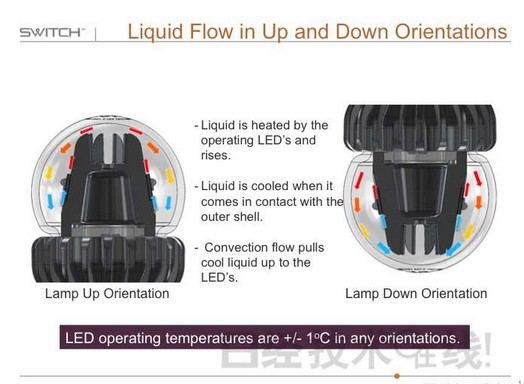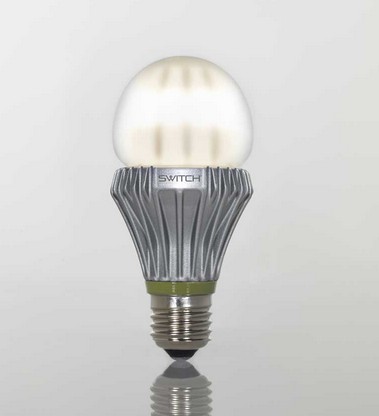Canon Marketing Japan (Canon MJ) started selling LED bulbs from July 17, 2013. The company intended to exclusively sell in Japan the LED bulbs, which was sold in the United States by venture business headquartered in Silicon Valley. The products adopted the same housing shape of incandescent bulb E26 (Edison screw base standards), with the high diffusion, dimmable options and liquid-cooled heat dissipation technology.


Canon MJ first listed through website three LED bulbs, which respectively are 60W retrofit (810lm, 2700K, 13.5W), 80W retrofit (1160lm, 2700K, 18.5W), and 100W retrofit (1520lm, 4000K, 20.0W), the prices of them respectively are 8,480 yen, 10,480 yen, 11,480 yen and each with a 3 year warranty. Although compared to existing products with the same brightness (full luminous flux beam), the LED bulbs from Canon MJ cost more and consume more power, but with dimmable function. The light diffusion of these bulbs are close to incandescent bulbs, so the hotels, shops and other places paying attention to light quality became the main target group. Seen from the hue when lighting on the object, its level of Ra value (average color rendering index) reach over 80. In addition, the products using E17 lamp base and others are being developed.
The developer is SWITCH Lighting company headquartered in San Jose, California, United States. Products were produced in Thailand. The three products in sale used 10 or 12 LEDs. Inside the sealed transparent or white turbid glass housing, there is liquid silicone that can absorb the heat generated by the LED to promote heat dissipation. The liquid silicone through convection circulation to release heat to the glass housing and aluminum cooling fin on the lamp base. Due to the higher thermal conductivity of the liquid silicon than that of air, the cooling efficiency of these bulbs is much excelletn than existing products, which also prevents thermal deterioration of the LED, while achieves a high brightness and long life.
Canon MJ will expand sales from September 2013 in stores like appliance outlets, and also through the electrical materials trading company, to reach up to 40,000 by the end of March 2014.





 CN
TW
EN
CN
TW
EN







